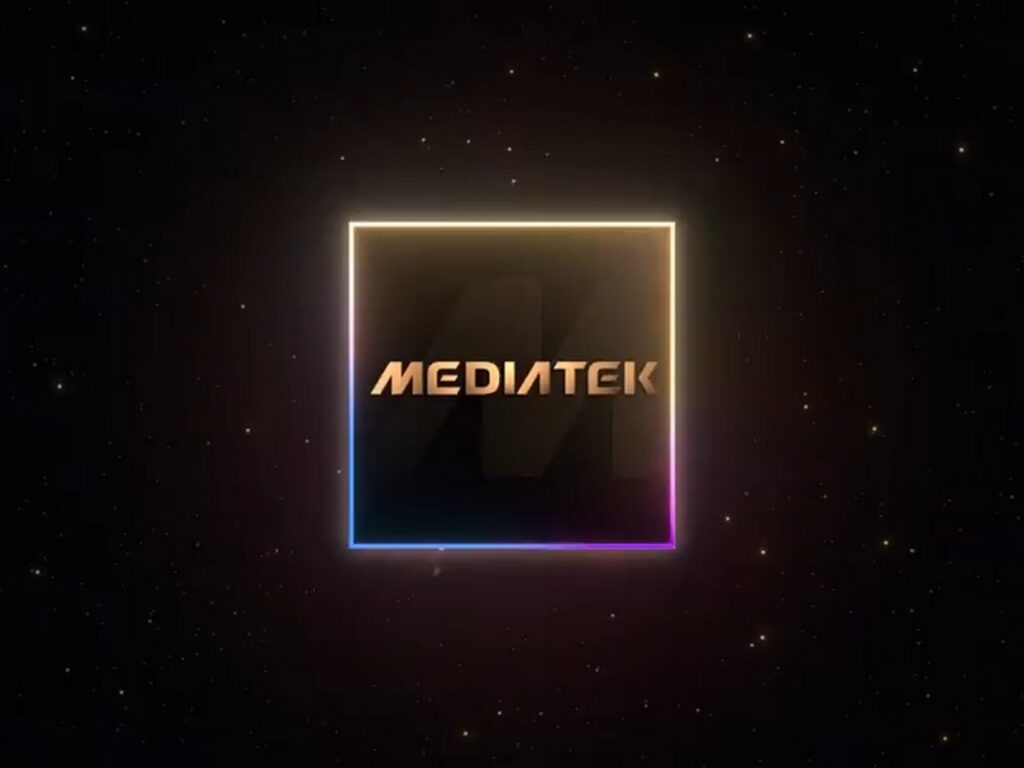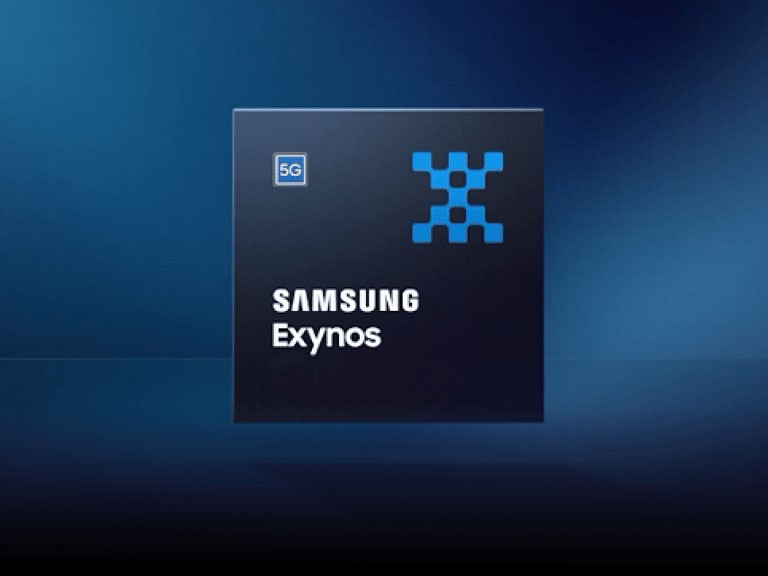You know how phones nowadays have gotten so big that you at least need two hands to text quickly? Instead of phones being convenient, it almost feels like a mini tablet. So, Google thinks they have cracked the code with this new Google Pixel 9a: a smaller screen, a big battery, with some 2016 vintage vibes.
But the thing is… it’s not for everyone, at least not yet.
Unboxing
Starting with the unboxing, as Google’s mid-ranger, this packs everything in the box — just kidding, because all you get is a USB-C cable, and that’s it.
Design & Build
Picking this up, though, is a totally different story. So, this is in the Porcelain color. It has flat sides with curved corners, with a vintage camera module that has zero camera bump. So, did I like this vintage camera bump? Yes, of course, because, as usual, I love phones that don’t wobble when you type on a surface.
But it does lack the natural inclination of the phone, just like how it was on the Google Pixel 9 Pro XL of mine, which was very useful for me. But because there’s no camera bump, this slips in and out of your pocket so much easier.
And speaking of which, if you are not using a case (which I, of course, do not like using a case), it did slip out from my hands a couple of times because of how smooth this is. So, either you have to be aware of that or just use a case. But yes, that defeats the overall purpose of enjoying this amazing finish of the phone.
It comes with aluminum sides and a plastic back, but with a front protection of Corning Gorilla Glass 3. Yeah, quite a compromise at this particular pricing.
So, after using this phone for a week, I love the weight of the phone. There’s also an IP68 rating now, which was really nice to know.
And the flat sides and the overall smaller form factor gave me the same refreshing feeling when I switched from the S25 Ultra to the base S25. So, it was when I was going from the Google Pixel 9 Pro XL to this Google Pixel 9a.
Display
So, the display has a 120 Hz refresh rate, but by default, it is turned off, so don’t forget to turn it on. Now, it uses a P-OLED display with 2,700 nits of peak brightness.
The specs sound very good, but the bezels don’t look good because this makes the phone look very outdated if you compare it to any other phones in 2025 standards. But it is easy to get used to once you start using the phone daily as your main phone.
The fingerprint sensor also unlocks decently quickly, and using this phone daily, I had no issues at all, especially when I was using this phone outdoors.
The automatic brightness was good but not as good as Samsung’s screen in general. But I do love the overall classic vibe that the screen gives. It was nice to watch videos in, and even the stereo speakers were really nice for a small-sized device.
But even for using the phone daily, I really like the very crisp and accurate display or the colors that the screen produced too.
Camera
But what else is accurate is also the color accuracy of the photos of these cameras. Now, before going into the photo and the video samples, just so you know that it comes with two lenses: a 48MP main and a 13MP ultrawide.
But while smartphones like the iPhone 16e come only with a single camera, which is to be expected because that’s an iPhone, it is nice that Google decided to stick to bringing in the ultrawide lenses to this particular phone.
Daytime Shots
Looking at the picture samples, the ultrawide to the main lenses look amazing during the day. What’s good is that there’s no color shift when switching between the ultrawide lenses to the main lenses, just like how it was on the POCO F7 Ultra, which was really nice to know because a lot of other phones like the POCO F7 Ultra tend to have that annoying change of colors when switching between the ultrawide to the main lenses.
You can also zoom up to 8x, and during the day, the quality even up to the max zoom was great.
The portrait mode for photos on objects was really nice, and while the dynamic range and the skin tones were nice for human portrait mode, the edge detection was not as good.
Next, looking at the selfie photos, it was very pixel-like and thankfully doing very well on the skin tones, but that is if the sun or light is shining towards you. Because the dynamic range for the skies was great, but if you’re taking a selfie with the skies as a background, you might see a compromise on the quality of the exposure of the face.
Nighttime Shots
At night, the ultrawide lenses and the main lenses were honestly as nice as the daytime shots, but you do see the loss in detail and the quality the more you zoom in digitally at night.
The portrait mode photos at night were also the same as the day, with great skin tones and the background blur, but not doing the best at the edge detection, especially when it comes to objects as well.
Taking selfie photos at night was decent, but it does look a little softer, more so on the edges.
Video Recording (Rear)
[Check out my YouTube for all the sample video footage]
Then, as for video recording, it can record up to 4K 60fps for the rear cameras.
The video quality for the rear lenses was really good during the day, but only up to 2x zoom, as the 5x zoom quality was not good at all.
Stabilization-wise, the ultrawide and the main lenses did a very good job, but the 2x mode was not as good, so don’t even bother going into the 5x stabilization as the quality was quite bad.
Video Recording (Front)
Then the front video quality can record up to 4K as well. The quality was okay; I wouldn’t say that it was marvelous or anything.
However, if you’re taking videos at night, the ultrawide lenses were very grainy towards the darker areas, but it did handle the highlights well.
Then the main lenses video at night, it was as though it was giving a virtual high-five with iPhones with that annoying glare if you point the camera towards the lights as seen in this footage of the “d’italiane” signage.
But the noisier footage was lesser seen in this particular main lens, and the glare could also be seen for the 2x video mode as well. Then where it was also “grain city” was the 5x mode, of course, so please don’t even bother going into that maximum zoom.
Then the nighttime selfie was also not that good, and the same could be said for the stabilization as compared to the stabilization for the video during the day.
[Check out my YouTube video for a vlogging test!]
Software
The software experience on this Google Pixel 9a is similar to that of the other Google Pixel phones. Besides the clean and the smooth UI, as usual, it doesn’t have any pre-installed apps, like every other smartphone, Samsung included.
And the fact that it doesn’t even lag in everyday use is really good because using a Google Pixel phone daily has always been nice, and it feels very intentional with very nice animation, and the haptics makes it feel more alive.
AI Features
Then the AI features that are on the flagship are also available over here, things like the “Add me” and every other camera feature as well.
But what I was excited the most was the new Pixel Drop this month, which is the Now with Camera, which uses the camera to view anything that you ask about.
Now, of course, this is way better than the iPhone’s Visual Intelligence because this responds very fast since it’s using Gemini instead of what iPhone does by usually asking ChatGPT for more complicated questions or even a visual.
Then there’s also the new Screen Sharing feature, which is also really amazing because this shares your screen, and then you can ask Gemini anything from there.
For example, if you want to deactivate the battery percentage at the top of the screen, so yes, it will walk you through accordingly over there.
But what’s awesome is the fact that it even works with non-Google apps, like say Canva for example. If I want to replace this particular family photo with another photo, it will do a walkthrough as well, and once again, it was super responsive and very quick indeed.
If you want to see everything else which is good about the Google Gemini, do check out my in-depth review of the Google Pixel 9 Pro XL over here if you haven’t seen it.
OS & Security Updates
So yes, the software experience on this phone was really great, and with the phone being supported for up to 7 years of OS and security updates, this for me is one of the two biggest selling points of the Google Pixel 9a or any Pixel phone out right now.
Performance
Now, what’s interesting is that all of the software and the AI chip is powered by the same chip that is in all of the flagship Google Pixel 9, which is the Tensor G4 chip, which works fine for me on a day-to-day scrolling or switching between different apps and occasionally gaming.
But the Google Pixel 9a might have a harder time if you are playing heavier games like Genshin Impact. The heat was nicely managed, not hot, just warm to the touch.
So yeah, with this price point and the current competition, the Google Pixel 9a should really have an extra headroom when it comes to the overall performance, especially for heavier games.
Because while it’s good for Google to balance this off with a lighter and a more refined software, especially when it comes to the software optimization.
But then again, raw performance does come in handy from time to time. Now, I don’t know about you, but sometimes I feel like Google is purposely capping it just to make the phone’s battery better.
Battery
Now, on paper, this has a big 5,100 mAh of battery, which is literally 40 mAh more than Google’s own highest flagship, the Pixel 9 Pro XL. So, keeping in mind the 6.3-inch smaller screen and the adaptive refresh rate that goes from 60 to 120 Hz, here is where I would say the phone really surprised me the most.
Because first of all, the battery drain when using the phone daily was as though I was not even using the phone, especially when it comes to the idle times.
But when I really documented my use of one of the days, I got a total of 8 hours and 59 minutes, yep, close to 9 hours of screen-on time on the first day. But that was only on the first day because on the following day, I got another 2 hours and 25 minutes.
So that is a massive total, close to 11 and a half hours of screen-on time at 10% battery. Like, holy moly, this has to be one of the best smartphone batteries that I’ve tested this year.
And this is all without the Always-on display, which might take a little more battery, and the fact that this display rests at 60 Hz instead of 1 Hz that is present on the LTPO screen, once again, it is really impressive.
Charging Capabilities
Then there’s also a 23W wired charging and 7.5W of wireless charging. And yes, with a super low number of wireless charging, it feels like you’re charging the phone with a potato or via a potato. But hey, at least there’s wireless charging compared to many others that doesn’t have wireless charging within this price range.
Conclusion
Speaking of the price range, the Google Pixel 9a costs about RM2,699, which is about USD 611.
Should you get it? Kind of yes and no because overall, this is a great phone that blends modern tech with some sort of a vintage look while also having great software support up to 7 years, as mentioned earlier.
All of which, with Google, has smartly cutting corners with a turtle-like slow charging, a very noticeable bezel, and while it doesn’t seem like it’s the best priced device right now, the Pixel 9 series often gets discounted in 2 to 4 months’ time after its launch. So only then you should get it, so don’t buy it yet.
But if you’re wondering about the baseline Google Pixel 9 versus the Google Pixel 8, check out that video over here.


























































